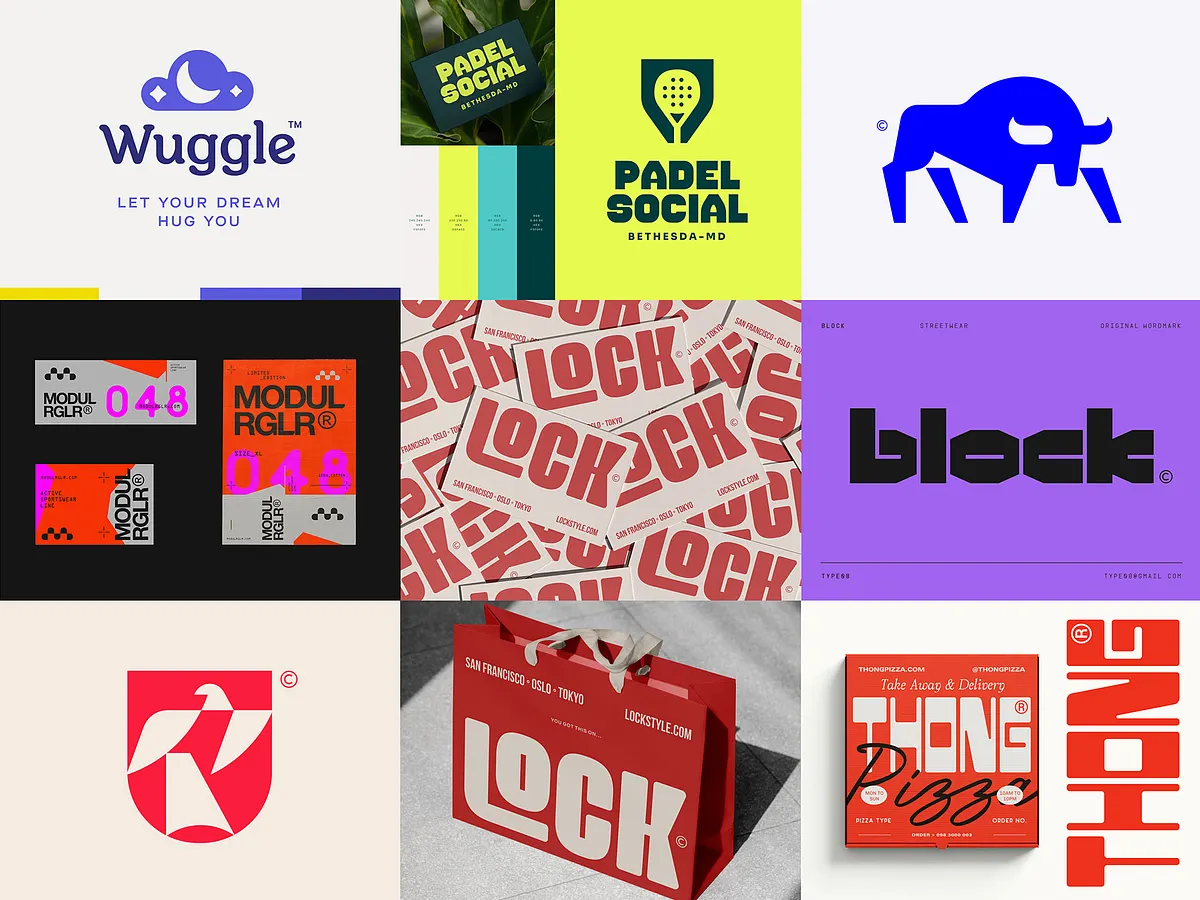Viral sotwe has become more than just a buzzword—it’s a phenomenon shaping how content spreads online. Whether it’s a quirky video, a thought-provoking article, or a catchy meme, things that go viral have the power to reach millions in just a matter of hours. But what exactly does “viral” mean in this context? From its roots in biology—where a virus spreads quickly and infects cells—to its modern digital meaning, the term now refers to anything that gains rapid popularity through sharing. So, how does this relate to “sotwe”? Well, we’ll get into that, but first, let’s unpack what makes something truly go viral in the digital space.
At its core, the concept of something going viral online means it’s being shared rapidly across platforms like TikTok, Instagram, YouTube, or even email chains. The key ingredient is the human factor—people forwarding, reposting, commenting, and engaging with content they find interesting, funny, or relatable. This organic spread is what makes viral content so powerful. Unlike paid promotions or traditional ads, viral content thrives on connection, emotion, and timing. And when it’s done right, it can take something relatively unknown and turn it into a household name overnight.
Now, you might be wondering, what’s the deal with the phrase “viral sotwe”? It seems like a typo, or perhaps a creative misspelling. While it’s not a standard term in digital marketing or social media strategy, it could be a playful or stylized version of “viral sort of,” hinting at the unpredictable and sometimes quirky nature of what makes things go viral. Either way, the concept still holds—understanding how content spreads, why some things catch fire while others fade away, and how you can create something that others can’t help but share.
Table of Contents
- What Is “Viral Sotwe” Really?
- Why Some Things Go Viral (and Others Don’t)
- How to Create Content That Spreads Fast
- The Science Behind Viral Content
- Examples of Viral Success Stories
- FAQs
What Is “Viral Sotwe” Really?
Let’s start by breaking down the phrase. “Viral” is straightforward—it describes something that spreads rapidly, often without direct promotion, usually through social sharing. But “sotwe” isn’t a recognized term in English or digital marketing. It could be a typo for “sort of,” which would make sense in a conversational context. So, putting it together, “viral sotwe” might be a fun or stylized way of saying “viral sort of”—as in, something that’s kind of, maybe, almost viral. Or perhaps it’s a creative hashtag, a username, or even a brand name.
Whatever the case, the phrase still revolves around the idea of virality. When people talk about something going viral, they’re referring to content that has achieved rapid, widespread popularity online. This can happen on social media, video platforms, blogs, or even through email and text messages. It’s not always about the quality of the content, either. Sometimes, the weirdest, simplest, or even the most controversial posts are the ones that get shared the most.
Why Some Things Go Viral (and Others Don’t)
So why do some things catch fire and others just sit there, collecting digital dust? There’s no magic formula, but there are definitely patterns. First off, emotions play a huge role. Content that makes people feel something—whether it’s joy, surprise, outrage, or even confusion—is more likely to be shared. Think of those videos that make you laugh so hard you just have to send them to a friend. Or the heartwarming story that makes you teary-eyed and compelled to hit the share button.
Another big factor is timing. Even the best content can get lost in the noise if it drops at the wrong moment. Trends come and go fast, and if you’re not riding the wave, you might miss out. Also, the platform matters. A post that performs well on TikTok might not get the same traction on Facebook, and vice versa. Knowing your audience and where they hang out is key to getting your content seen.
And let’s not forget about the algorithm. Social media platforms are constantly tweaking how they decide what shows up in feeds. Sometimes, a post gets a lucky boost and takes off. Other times, even if you do everything right, it might just not get the traction you hoped for. That’s the unpredictable nature of “viral sotwe”—you can try to set the stage, but you can’t force it.
How to Create Content That Spreads Fast
If you’re hoping to create content that people can’t stop sharing, here are a few tips to keep in mind. First, keep it short and snappy. Attention spans are short these days, so the quicker you can grab someone’s interest, the better. Whether it’s a catchy headline or a bold visual, make sure your content stands out in a sea of scrollable content.
Second, tap into trends. This doesn’t mean copying others—it means being aware of what’s happening and finding a way to make it your own. Whether it’s a dance challenge, a meme format, or a current event, adding your twist can help your content ride the wave of popularity without feeling forced.
Third, make it relatable. People share things they connect with on a personal level. Whether it’s a shared experience, a common struggle, or a universal truth, content that speaks to real-life situations tends to resonate more. And when people feel seen or understood, they’re more likely to pass it along.
- Use humor, surprise, or emotion to spark engagement.
- Keep videos under 60 seconds for platforms like TikTok and Instagram Reels.
- Include captions and subtitles so your content is accessible without sound.
- Encourage sharing with a call-to-action like “Tag a friend who needs to see this!”
The Science Behind Viral Content
It’s easy to think that virality is just luck, but there’s actually a lot of psychology and science behind what makes people hit “share.” One of the most important factors is social currency. People want to look good to others, so they share content that makes them seem smart, funny, or in-the-know. If your content gives them something to brag about or feel part of an exclusive group, they’re more likely to spread it.
Another key component is practical value. If a post teaches someone something useful—like a life hack, a tip, or a trick—they’re more inclined to share it. This is especially true for how-to videos or guides that solve a common problem.
And then there’s emotional resonance. Research shows that content that evokes strong emotions—particularly awe, humor, or anger—gets shared more often. This makes sense. When something makes you feel something deeply, you naturally want to pass it on.
Examples of Viral Success Stories
Let’s take a look at a few real-life examples of content that went viral and see what made them work. One of the most famous examples is the “Harlem Shake.” Back in 2013, a short video of people dancing in silly costumes to a bass-heavy beat exploded across YouTube. It wasn’t high-quality production, but it was easy to copy, fun, and gave people a chance to be creative. That’s a classic example of how accessibility and simplicity can fuel virality.
Another great example is the “Ice Bucket Challenge.” This campaign raised millions for ALS research and got everyone from celebrities to everyday people dumping ice water on themselves. It combined a good cause with a bit of fun, making it easy to participate and share. Plus, the challenge had a built-in call-to-action—nominate someone else—and that helped it spread like wildfire.
And who could forget the “Distracted Boyfriend” meme? Originally a stock photo, it became one of the most widely shared images on the internet. Its success came from its versatility—people could use it to describe all sorts of situations where someone is distracted or disinterested. The meme was relatable, adaptable, and easy to remix, which made it perfect for going viral.
So what do all these examples have in common? They’re simple, they’re shareable, and they tap into universal emotions or experiences. Whether it’s humor, a challenge, or a clever image, the best viral content feels personal and accessible.
FAQs
What does “viral” really mean?
“Viral” refers to something that spreads quickly and widely, often through social sharing online. It’s not limited to videos or memes—it can apply to news stories, products, ideas, or even behaviors that gain rapid attention across digital platforms.
Is going viral always a good thing?
Not necessarily. While going viral can bring attention and opportunities, it can also lead to backlash or negative attention if the content is controversial or misunderstood. It’s important to be prepared for both positive and negative reactions when something gains unexpected popularity.
Can you predict or control what goes viral?
There’s no guaranteed way to make something go viral. It often depends on timing, platform trends, and audience reaction. However, you can increase your chances by creating emotionally engaging, relatable, and shareable content.
If you’re interested in learning more about how trends spread and what makes content go viral, check out our article on digital marketing strategies for 2025. And if you want to dive deeper into the psychology behind sharing behavior, we recommend reading more about social media engagement techniques.



Detail Author:
- Name : Aurelie Bartell PhD
- Username : okulas
- Email : mcclure.gisselle@gmail.com
- Birthdate : 1997-02-21
- Address : 472 Jones Spur Suite 947 South Gilbert, RI 97976
- Phone : 1-463-324-8425
- Company : Wiza-Feeney
- Job : Automotive Technician
- Bio : Magnam eaque qui dicta deleniti est. Corporis ab illo facere et harum laudantium. Veritatis qui est dolorem accusantium. Atque qui id qui officia maiores eum rerum.
Socials
facebook:
- url : https://facebook.com/helene.botsford
- username : helene.botsford
- bio : Ipsum soluta veniam aut quaerat.
- followers : 4754
- following : 800
linkedin:
- url : https://linkedin.com/in/hbotsford
- username : hbotsford
- bio : Quia ut quia dolor magni rerum rerum rerum.
- followers : 1771
- following : 2155

